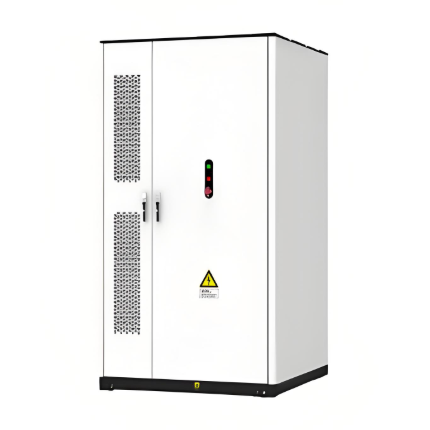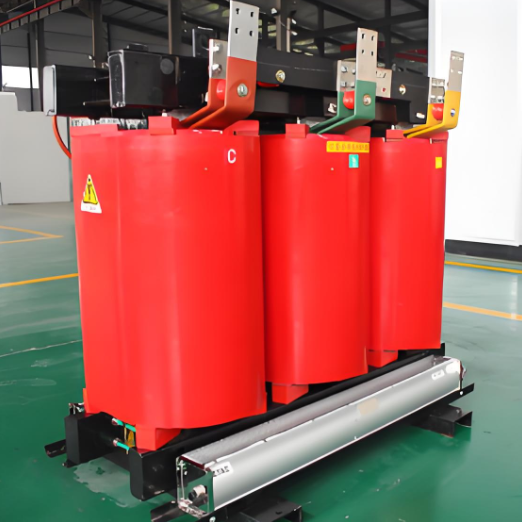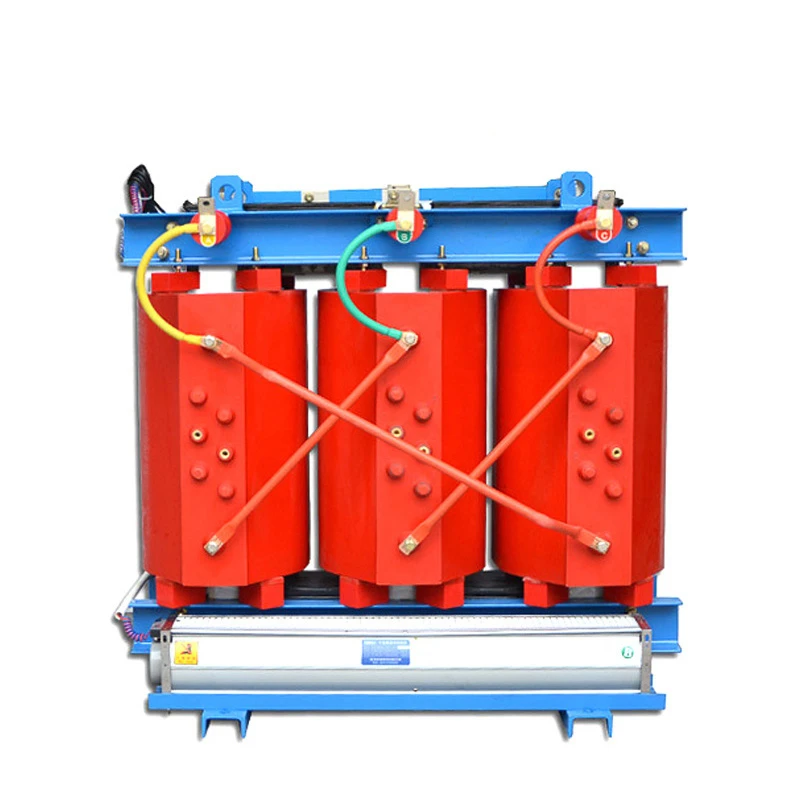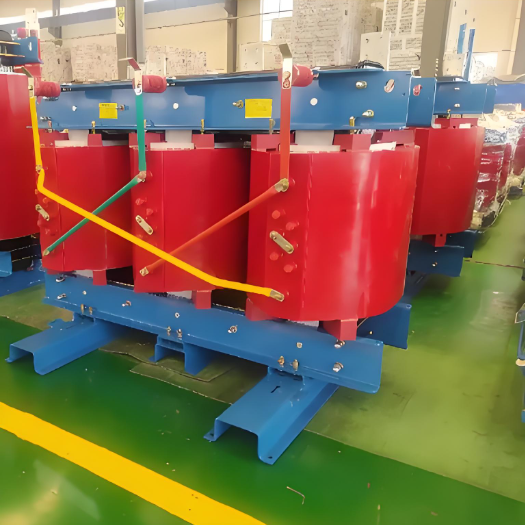Unlocking Southeast Asia's Power Resilience: Tailored Industrial and Commercial Energy Storage Solutions

Ⅰ. Southeast Asia Market Background and Demand Analysis
- Core Driving Factors
- Energy Gap & High Electricity Prices: Southeast Asia's electricity demand is growing at 6% annually (global average 2.8%), but power grids are weak with frequent outages (e.g., Vietnam's industrial zones suffer over USD 3 billion in annual losses). Electricity prices in some areas reach USD 0.19/kWh (Philippines).
- Policy-Mandated Storage: Philippines requires new PV projects above 5MW to integrate 15% storage starting 2025; Vietnam targets 2.7GW of energy storage capacity by 2030; Malaysia allocated 50 million ringgit to promote rooftop PV + storage for government buildings.
- Island Off-Grid Essential Needs: Over half of Indonesia's islands rely on diesel power (cost: USD 0.25/kWh), creating urgent demand for PV+storage replacement.
- Application Scenario Pain Points
- Commercial & Industrial Users: Demand charge management, peak-valley arbitrage, backup power (e.g., Bangladeshi garment parks relying on diesel gensets due to outages; Tuobang storage solution saves RMB 1.6 million annually).
- Off-Grid/Microgrids: Islands, mining areas, and other grid-uncovered regions require independent power systems (e.g., Jinko Energy Storage's 10MWh project reduces diesel consumption by 90%).
II. System Architecture Design
- Technology Selection & Configuration
|
Component |
Solution Description |
Regional Adaptability |
|
Battery System |
Liquid-cooled LiFePO4 (LFP) solution (e.g., Sungrow PowerTitan, Jinko G2 Blue Whale system) |
High temp & humidity environments (Jinko temp control ±2.5°C); >94% round-trip efficiency; >6,000-cycle lifespan. |
|
PCS & Grid Integration |
Supports dual off-grid/grid-tied modes; Black start & VSG (Virtual Synchronous Generator) functionality. |
Mitigates grid fluctuations; Cost-saving 0.4kV multi-point grid connection (<1000kW) or 10kV step-up connection (>1000kW). |
|
Energy Management |
Smart EMS platform integrating electricity price forecasting, load dispatch, and VPP (Virtual Power Plant) participation. |
Supports market mechanisms like the Philippines' GEAP bidding, Singapore's Jurong Island electricity futures trading. |
- Typical System Solutions
- Grid-Tied PV + Storage System:
o Capacity: PV with 10%-20% storage capacity (2-4 hours), e.g., 1MW PV + 200kWh/400kWh storage.
o Revenue Models: Peak-valley arbitrage (Southeast Asia peak-to-valley price ratio ~3:1), demand control (reduces transformer capacity fees). - Off-Grid Microgrid System:
o Design: Hybrid power supply (Diesel generator + PV + Storage).
o Applications: Island resorts, mines, factories.
III. Core Advantages & Innovations
- Localized Adaptive Design
- Climate Protection: IP65 rating + liquid-cooled thermal management.
- Compliance: Meets IEC TS 62933-3-3:2022 standard for energy-intensive applications; Compatible with Vietnam/Thailand grid codes (avoids 15-20% retrofitting costs).
- Economic Optimization
|
Cost Item |
Traditional Approach |
Our Solution Optimization |
|
Initial Investment |
High (tariffs + transportation) |
Local manufacturing setup |
|
O&M Cost |
Diesel gen. cost USD 0.25/kWh |
PV+storage LCOE USD 0.08-0.12/kWh |
|
Policy Benefits |
— |
Philippines CIT exemption first 10y, halved next 5y |
- Intelligent O&M & Safety
- Cloud platform monitoring (e.g., Jinko Energy Storage Big Data Platform) enables remote diagnostics and AI fault prediction.
- Multi-level fire isolation + BMS/AIM-D100 insulation monitoring, meeting AS9100D aerospace safety standards.
IV. Project Implementation Path
- Feasibility Study (1-3 Months): Land suitability (industrial land preferred), solar irradiance data (annual generation: 1.3-1.5 million kWh per 1MW).
- Financing & EPC:
o Financing Materials: Feasibility Report (IRR >12%), PPA Agreement, Land Use Permit.
o EPC Requirements: Provide grid connection point parameters, meteorological data, construction timeline penalty clauses. - Deployment & Grid Connection:
o Construction Period: 6-9 months.
V. Cooperation Ecosystem
- Local Partnerships
- Joint Ventures with local enterprises.
- Technical Support
- Offer cost-effective products adapted to the fragmented demand structure of small-medium orders.













